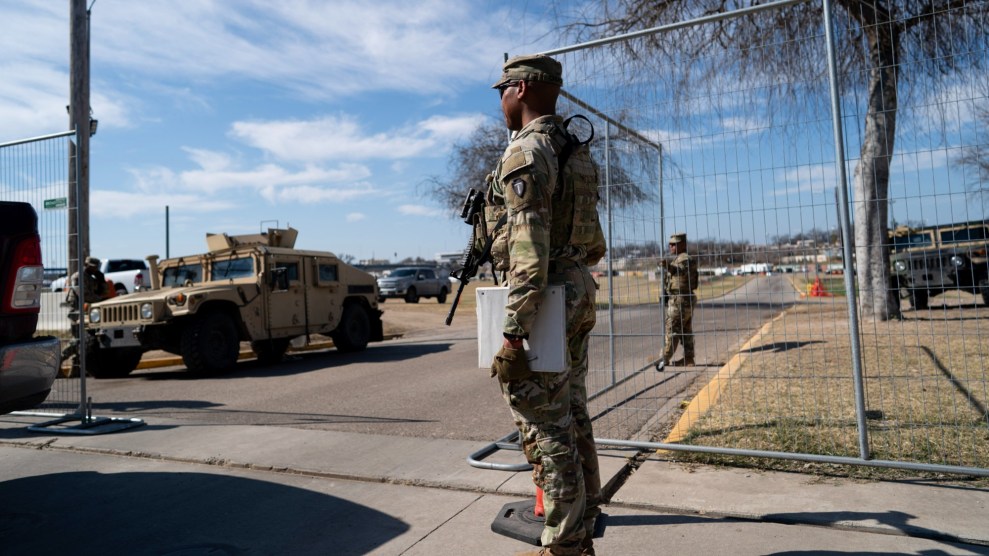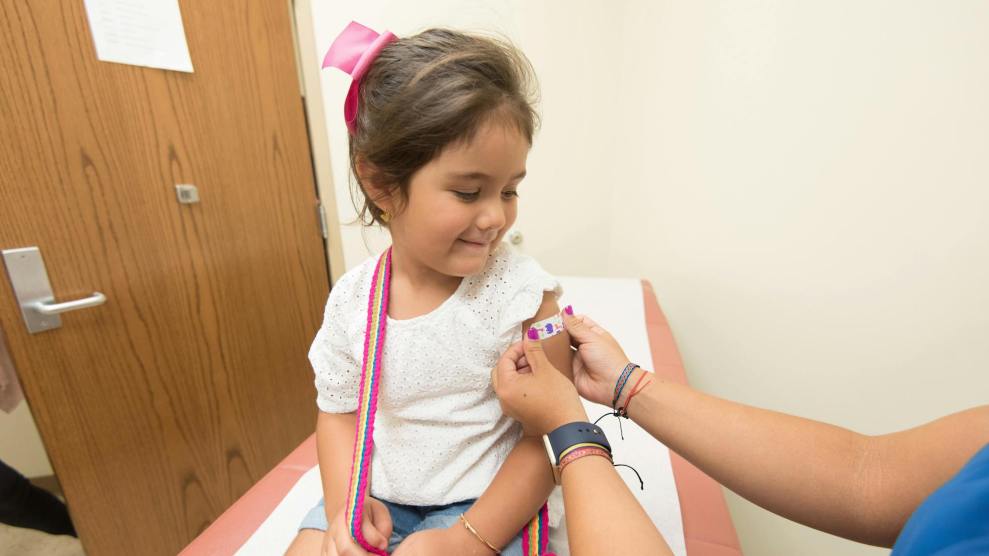Recently, Indian American politics have been garnering attention in the mainstream media. The New York Times and Washington Post report that Indian American political groups such as the US-India Political Action Committee (USINPAC) look to pro-Israeli lobbies like AIPAC and AJC as models. This collaboration is nothing new. At a joint AJC and USINPAC reception in 2003, Congressman Tom Lantos stated that Indians and Jews “share a passionate commitment to respect for others, for the rule of law, and for democracy,” and that “lately we have been drawn together by our joint fight against mindless, vicious, fanatic Islam.”
Lantos and the USINPAC may speak on behalf of Jews and Indians respectively, but they have a strange take on Jewish American and Indian American politics. For example, in 2005 the State Department revoked Gujarat Chief Minister Narenda Modi’s U.S. visa for his complicity in an anti-Muslim pogrom in the state of Gujarat, which killed approximately 2,000 people and displaced 98,000 Gujarati Muslims. The USINPAC called the visa revocation an “unfortunate incident.”
The USINPAC also takes a strong stand against “Islamic terrorism,” to which they argue India is victim, yet they remain curiously silent about the terrorism carried out by the Indian state. They haven’t said a peep about human rights violations carried out by the Indian armed forces in Kashmir over the past decade. Instead, they market India as a “remarkably harmonious nation.”
The similarities to AIPAC and AJC are fairly remarkable. For all of their talk about stopping “Islamic terrorism,” they conveniently don’t mention the illegal occupation and ongoing colonization of Palestinians or Israeli state terrorism against Palestinians.
Sanjay Puri, USINPAC’s chairman, says that “we will use our own model to get to where we want, but we have used them [the Jewish community] as a benchmark.” Looks like the USINPAC hasn’t quite found their own model yet. As they continue to mirror a certain strand of pro-Israeli Jewish American politics, they show that they woefully lack their own vision.
—Neha Inamdar














